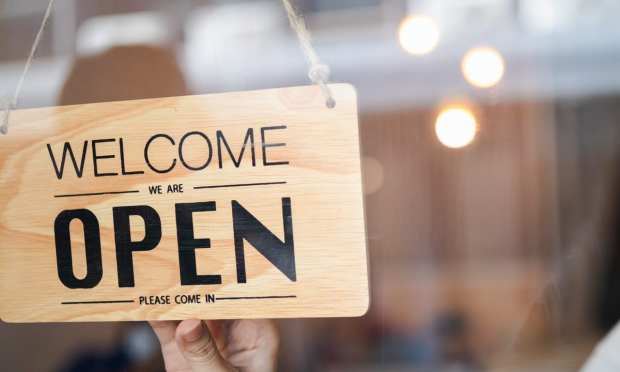Neighborhood Goods CEO Sees ‘Massive Opportunity’ In Physical Retail Right Now

With 14 months’ worth of pandemic-related lockdowns and retail capacity limitations finally starting to loosen up and consumers eager to get out and shop, eat and socialize again, a burning question in retail circles right now is: what type of stores will people return to?
In most cases, consumers are thought to want something new and interesting versus the same old boxes and brands they used to shop “way back” in the pre-COVID era.
In fact, the quest for the “new and different” is exactly why retailer Neighborhood Goods is not only doubling the number of hard-to-find products it stocks but has also just launched a new in-store concept called The Marketplace that curates and elevates a collection of CPG goodies that were hand-picked to delight its loyal customers and followers.
“The U.S. is over-retailed. There’s a huge amount of stores and a huge amount of real estate for stores and then obviously a huge amount of malls and there’s going to be a bit of a correction,” Neighborhood Goods Co-Founder and CEO Matt Alexander said in a recent chat with PYMNTS’ Karen Webster. “I think physical retail, and that sort of social opportunity is massive.”
As much as Alexander — like many retail industry watchers — thinks there will be more store closures and mall failures, he also said if you play it right it can be a huge opportunity.
“There’s going to be a real focus on the traditional idea of what retail is meant to do, which is to offer something relevant, to offer something that resonates,” he said. “I think it’s going to be a really interesting time for physical retail.”
Fuller Shelves But Far From Jammed
For those unfamiliar with Neighborhood Goods’ website, stores or in-house restaurant, the Texas-based startup locations are only about 10,000 square feet and currently stock about 50 or 60 products, which Alexander said he is in the process of increasing to 75 or 100.
“I think where we’re heading is toward a higher density of brands in the room on a more edited basis,” he said, “still having this ever-changing basis, still not working on wholesale, still not working on a seasonal basis but still being very progressive and in all sorts of different and obvious ways.”
If detailed storytelling, powerful visuals and even specially made “trading cards” describing the various products for sale weren’t enough, the retailer is also putting its new offering of snacks and food items on a special menu that customers can browse, as well as using them as ingredients in unexpected ways within its own menu offerings.
“The big opportunity is how you can sort of think about socializing these products through the restaurant,” he said, such as using its new brand of coffee as a rub for a hamburger or adding an Asian-inspired food spice to a cocktail.
Ultimately, he said it is all about doing something different in-store that also has a lasting impact on customers and introduces them to chosen new brands they might never discover on their own.
“For a lot of these brands the main way you discover them is by walking past them in a Whole Foods or seeing one of those ads on Instagram,” Alexander said. “But being able to instead enjoy them in context of the menu, in the traditional way that they would be used, or in a non- traditional way, it appeals to both new and old customers.”
Other Changes In Store
Alexander said delivery and eCommerce have always been integral parts of Neighborhood Goods since its first store opened in Plano, Texas in 2018. It has since added locations in Austin, Texas and in the Chelsea section of Manhattan, and is about to unveil its first Uber Cornershop joint venture in Austin.
“It’s as simple as it sounds, really. Uber is dabbling a lot more with delivery of CPG products and other items and we happen to have a really interesting and edited mix so we’re going to be launching with them, and offering near-term delivery for people who are looking for some of these things,” he said.
As a modern take on an old-fashioned department store, Alexander said Neighborhood Goods had always considered adding a bespoke line of packaged goods alongside its more traditional categories such as apparel, outerwear, home and kitchen, but the time just seemed right to do it.
“Our responsibility and opportunity as a business is to really think about how to socialize and contextualize a lot of these modern brands, particularly the digitally native variety, where your experience with them may only be fleeting through an ad on Instagram or quickly on a website,” he said. “And so being able to see those in-person in a different way and alongside a really elevating mix of the right brands can certainly create something really special.”
Which, after all, is exactly what consumers want when they come out to shop again.
